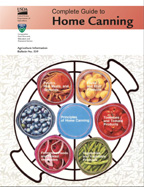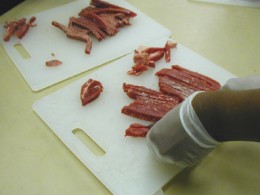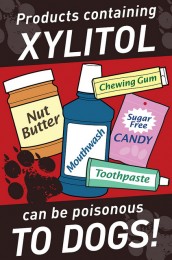
It’s that time of year for family reunions, July 4th parties, camping and more! Don’t invite foodborne illness to your party! Here are some tips for a perfect picnic:
- Plan ahead to bring essential items such as a food thermometer, cooler chest with ice, plenty of clean utensils, storage containers for leftovers, paper towels, and trash bags.
- In preparation for your picnic, don’t thaw meat on the counter overnight—that’s not safe. Thaw food in the refrigerator or cook from the frozen state. Don’t partially cook meat and poultry ahead of time.
- When you arrive at the picnic site, the first task is to wash your hands before preparing food. If running water is not available, use disposable wet wipes or hand sanitizer to clean your hands before and after touching food.
- Don’t leave foods out in the sun. At the picnic, keep the cooler in the shade. Serve food quickly from the cooler and return it fast. In hot weather, above 90F, food shouldn’t sit out of the cooler over an hour.
Learn more at www.ksre.k-state.edu/foodsafety/topics/outdoor.html






